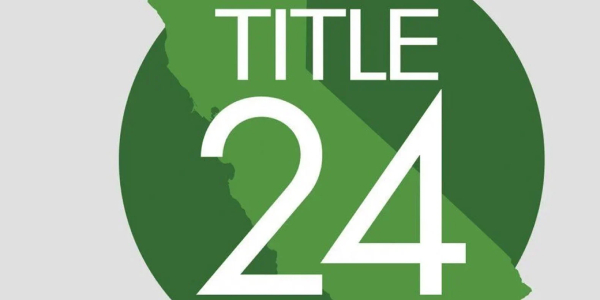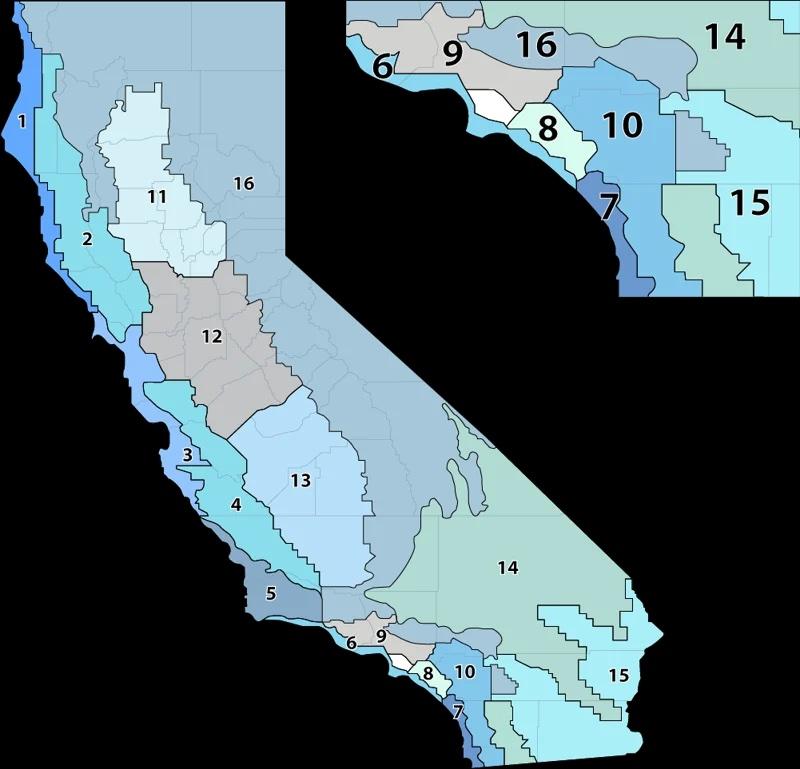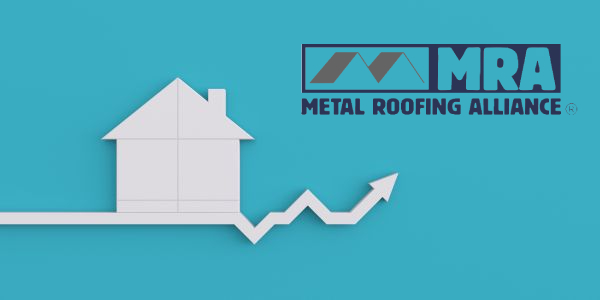UP TO THE MINUTE
Energy-efficient roofing for California homeowners: Meeting Title 24 requirements

By Trevor Underwood, DECRA Metal Roofing.
Understanding Title 24 and the cool roof movement in California.
As California is one of the most highly populated states in the U.S., the government has worked to create unique solutions to the challenges that come with that population density. Since the 1970s, they have been working to mitigate air quality and power grid issues. One of the ways they have done this is through the Title 24 of the California Code of Regulations. Created in 1978 by the California Building Standards Commission, Title 24 created energy efficiency standards for every new and altered buildings.
This standard can be reached through a range of systems in the building, including but not limited to lighting, HVAC, water heating and natural gas. Overall, Title 24 aims to reduce energy costs, decrease greenhouse gas emissions, improve air quality, lighten the load on electrical grids and reduce the impact on local environments. Roofing is a key part of making a more energy efficient building, which is why DECRA Metal Roofing has broken down what Title 24 means for residential roofing and how to pick a “cool roof.
*Note: This article focuses on how Title 24 applies to low-rise residential homes with traditional steep-sloped roof styles having a rise-to-run ratio greater than 2:12. For information on how Title 24 impacts other properties, please review Title 24, Part 6 of the California Code of Regulations.

How Title 24 affects residential roofing
Title 24 regulations differ based on which of the 16 California climate zones a home is located in.
Climate zones are defined by geographic borders that consider average temperatures and the number of cool or hot days. Established by the California Energy Commission, each climate zone has its own set of Title 24 regulations, requirements and energy standards that are updated every three years
For example, homes in climate zones 4 and 8-15 are required to use certified roofing products known as cool roofs for new construction, or if more than 50% of the roof is replaced.
For homes in climate zones 1-3 and 5-7, there are no cool roof requirements.
Not sure which climate zone your house is in? You can look up the climate zone by entering the zip code in the California Energy Commission Climate Zone Tool.
What are the cool roof requirements of Title 24?
The Cool Roof Rating Council (CRRC) is the sole authority recognized by the California Energy Commission for certifying roofing products as “cool roof” materials.
The CRRC rates roofing products and systems by measuring two important thermal properties, solar reflectance (SR) and thermal emittance (TE). Both of these thermal properties are measured and assigned values from 0 to 1. The higher the value, the cooler the roof. By CRRC standards, the minimum solar reflectance (SR) value is 0.20 and the minimum thermal emittance (TE) value is 0.75.
Solar reflectance (SR): The roofing material’s ability to reflect solar energy back into the atmosphere. Title 24 also rates SR after three years, a value known as aged solar reflectance.
Thermal emittance (TE): The ability of the material to radiate absorbed heat up and away from the house.
There is a third “cool roof” qualifier known as the Solar Reflective Index (SRI), which is calculated through a formula that combines the SR and TE values of a roofing product. According to the Energy Code Ace Resources, “The SRI alternative is useful when a particular product exceeds the Energy Standards requirement for either the aged solar reflectance or the thermal emittance, but does not meet both requirements.”
There is an exception to Title 24’s cool color requirements, however.
SECTION 150.2(b)1Hi states that any roofing product may be used if “air-space of 1” is provided between the top of the roof deck to the bottom of the roofing product.
While this sounds complex, it basically means that if a roofing product is installed over battens, it does not need to be certified as a cool roof. The batten installation technique improves energy efficiency so well that Title 24 makes a notable exception to the cool color rules. Battens are a simple grid of 2x2 wood strips that create a continuous airspace of at least 1” between the roofing material and the roof deck.
This vital airspace increases thermal emittance tremendously by allowing heated air between the deck and the roofing materials to escape up and away from the house through ridge vents at the highest point of the roof. Battens provide a self-regulating “heat elevator.” In other words, the hotter the air, the faster it rises up through the air space and away from the home.
What Californians should look for in a roof
Aside from the energy-efficiency requirements of Title 24, California homeowners must consider the state’s strict environmental and building codes, which address varied climate conditions, including earthquakes and wildfires.
Effective January 1, 2023, the California Energy Commission now requires solar panels and battery storage in new commercial buildings and certain residential buildings. This is an important consideration since solar panels can last 25 years or more, so it’s important to find a roof with a long lifespan that won’t need to be replaced before the solar panels.
With all these requirements and regulations in place, finding the best roof for a California home can be a headache. Fortunately, an energy-efficient DECRA metal roof can check all the boxes.
- Fire: The highest Class A rating for fire.
- Earthquakes: Lightweight DECRA stone-coated steel provides extra shear strength to the roof deck to withstand tremors in seismically active regions.
- Hail: The highest Class 4 impact rating for hail or debris impact.
- Wind: DECRA roofs are engineered to withstand hurricane-force winds.
- Longevity: Lasts two to three times longer than traditional roofing materials, such as asphalt shingles which need to be replaced as often as every 12 years, making metal roofs one of the best roofing materials to pair with solar.
- ROI: A metal roof can increase home value by up to 6%.
The best part is that DECRA’s stone-coated metal roofing products come in a wide variety of colors and textures to suit any style. DECRA has an architecturally-diverse variety of roofing products that meet or exceed the requirements of Title 24, including our profiles that are installed on battens:
As well as three CRRC-approved cool colors that are available across all DECRA profiles:

Experience DECRA's quality for yourself— order a complimentary sample today.
Original article source: DECRA Metal Roofing
Learn more about DECRA Metal Roofing in their Coffee Shop Directory or visit www.DECRA.com.



















Comments
Leave a Reply
Have an account? Login to leave a comment!
Sign In